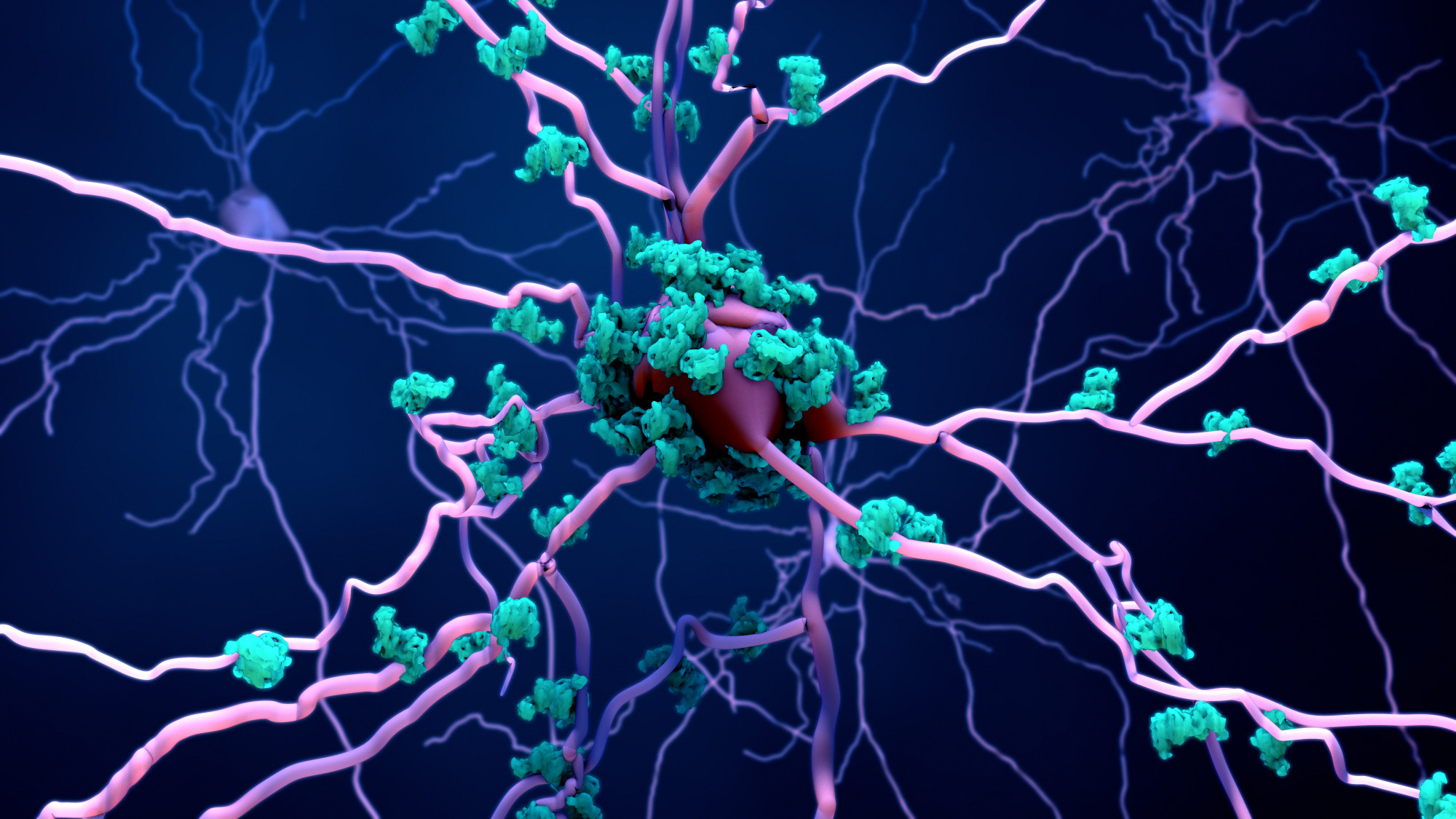
Why women are more likely to have dementia than men as they age, and how exercise and engagement can help lower your risk
- Age is the greatest risk factor for Alzheimer’s disease and women tend to outlive men, which may partly explain why more women are diagnosed with it
- Sex hormone and other bodily differences, and social factors, may play a part; experts suggest ways how to offset risk, including exercise and social engagement
I am constantly aware that I may develop dementia, the illness that now compromises my mother. One factor that fuels my fear is that I share her gender.
Women are far more likely than men to succumb to dementia. Nearly two-thirds of the five million Americans living with Alzheimer’s – the most common form of dementia – are women.
Christopher Beam, an assistant professor of psychology and gerontology at the University of Southern California, offers some insights. He recently published a study which showed that the incidence of dementia and Alzheimer’s disease – that is, the number of new cases at different ages in our lifespans – was about the same in men as women until we reach our mid-80s.

At around 85, the rates of any type of dementia – Alzheimer’s disease, vascular dementia, dementia with Lewy bodies (a type of protein build-up in the brain) – begin to decline faster in men than women.
For Alzheimer’s disease, which constitutes nearly 75 per cent of dementia cases, the incidence in women diverges earlier in the lifespan.
No cure for Alzheimer’s, but we can narrow the odds of developing it
We don’t really know why almost 66 per cent of all Alzheimer’s disease cases in the United States are in women, Beam says. “But because age is the greatest risk factor of Alzheimer’s disease and women live longer than men on average, longevity is one of the leading hypotheses as to why women are diagnosed with Alzheimer’s disease more often.”
The US-based Alzheimer’s Association says this view has been long held, but emerging evidence suggests it may not be the whole story.
In Beam’s lab, researchers looked into whether genetic variance underlying Alzheimer’s disease differs between men and women.
Early research suggested that a gene type known as APOE e4, the one responsible for dementia, was more prevalent in women with Alzheimer’s disease than men. But Beam’s team found that genetic variance was the same in both.
“We don’t know yet whether oestrogen replacement therapy prevents Alzheimer’s onset, but in one of our twin studies of same-sex and opposite-sex fraternal twins, we found that female twins with a male co-twin were less likely to be diagnosed with dementia than female twins with a female co-twin.”

The idea here was to test whether testosterone transfer in the womb helped protect female twins against eventually being diagnosed with Alzheimer’s. The results were heartening because the effect of having a male co-twin for female twins held even after taking into account postnatal hormone exposure.
The disparity may indeed be hormone-related, says Dr Rebecca Edelmayer, senior director of scientific engagement for the Alzheimer’s Association.
Researchers are exploring the role of the female reproductive cycle. Some studies have found a link between risk of dementia, age at first menstruation, age at menopause, and time between the two.
This research, Edelmayer says, “suggests that a longer reproductive period across a life course may decrease one’s risk for dementia”.

Women may be at a greater risk of developing the disease not only because of biological factors, but also as a result of societal or cultural factors, Edelmayer says.
“Some studies indicate that work and family patterns, which have changed drastically over the last 100 years, may play a role in a woman’s memory decline.
“For example, research has found women who took part in the paid labour force between early adulthood and middle age experienced slower memory decline in late life, building on previous research that associates work and education with higher levels of cognitive engagement.”

Understanding what role these factors play in increasing a woman’s risk of Alzheimer’s is critical, as it would obviously help identify and customise strategies specific to women to prevent, detect and treat Alzheimer’s and other dementia forms in the future.
So what can women do to minimise their risk of dementia?
For women specifically, she says, research is ongoing.
Lisa Marie Presley’s death reminds us to keep hearts healthy – here’s how
“These findings highlight the importance of prenatal care and monitoring the long-term health of pregnant people, as it may impact cognition and dementia risk in later life,” Edelmayer says.
This suggests that we do have the power to affect our cognitive health in older age. But we need to start thinking about it while we’re young.











